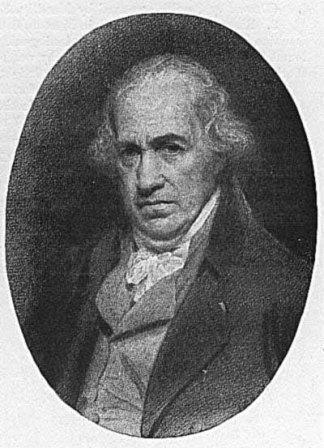

In 1643, Evangelista Torricelli conducted experiments on suction lift water pumps to test their limits, which was about 32 feet. "The discoveries that, when brought together by Thomas Newcomen in 1712, resulted in the steam engine were:" Development of the commercial steam engine The pump was successfully used to drain the inundated mines of Guadalcanal, Spain. In 1606, the Spaniard Jerónimo de Ayanz y Beaumont demonstrated and was granted a patent for a steam-powered water pump. In 1605, French mathematician Florence Rivault in his treatise on artillery wrote on his discovery that water, if confined in a bombshell and heated, would explode the shells. This would have led to a great waste of energy and so they were never seriously considered for industrial use. The steam flow of these early steam turbines, however, was not concentrated and most of its energy was dissipated in all directions. Another similar rudimentary steam turbine is shown by Giovanni Branca, an Italian engineer, in 1629 for turning a cylindrical escapement device that alternately lifted and let fall a pair of pestles working in mortars.

These devices were then called "mills" but are now known as steam jacks. A similar device for rotating a spit was also later described by John Wilkins in 1648. Ī rudimentary impact steam turbine was described in 1551 by Taqi al-Din, a philosopher, astronomer and engineer in 16th century Ottoman Egypt, who described a method for rotating a spit by means of a jet of steam playing on rotary vanes around the periphery of a wheel. Īmong the papers of Leonardo da Vinci dating to the late 15th century is the design for a steam-powered cannon called the Architonnerre, which works by the sudden influx of hot water into a sealed, red-hot cannon. Īccording to William of Malmesbury, in 1125, Reims was home to a church that had an organ powered by air escaping from compression "by heated water", apparently designed and constructed by professor Gerbertus. Some historians have conflated the two inventions to assert, incorrectly, that the aeolipile was capable of useful work. The weight of the water was made to pull a hidden rope to operate temple doors. Heron also devised a machine that used air heated in an altar fire to displace a quantity of water from a closed vessel. This suggests that the conversion of steam pressure into mechanical movement was known in Roman Egypt in the 1st century. Steam ejected tangentially from nozzles caused a pivoted ball to rotate. The same device was also mentioned by Vitruvius in De Architectura about 100 years earlier. The earliest known rudimentary steam engine and reaction steam turbine, the aeolipile, is described by a mathematician and engineer named Heron of Alexandria in 1st century Roman Egypt, as recorded in his manuscript Spiritalia seu Pneumatica. Investigations are being made into the practicalities of reviving the reciprocating steam engine as the basis for the new wave of advanced steam technology. The steam turbine has become the most common method by which electrical power generators are driven. The steam engine was used to pump water out of coal mines.ĭuring the Industrial Revolution, steam engines started to replace water and wind power, and eventually became the dominant source of power in the late 19th century and remaining so into the early decades of the 20th century, when the more efficient steam turbine and the internal combustion engine resulted in the rapid replacement of the steam engines. In 1712, Thomas Newcomen's atmospheric engine became the first commercially successful engine using the principle of the piston and cylinder, which was the fundamental type of steam engine used until the early 20th century. Several steam-powered devices were later experimented with or proposed, such as Taqi al-Din's steam jack, a steam turbine in 16th-century Ottoman Egypt, and Thomas Savery's steam pump in 17th-century England. The first recorded rudimentary steam engine was the aeolipile mentioned by Vitruvius between 30 and 15 BC and, described by Heron of Alexandria in 1st-century Roman Egypt. The 1698 Savery Steam Pump - the first commercially successful steam powered device, built by Thomas Savery


 0 kommentar(er)
0 kommentar(er)
